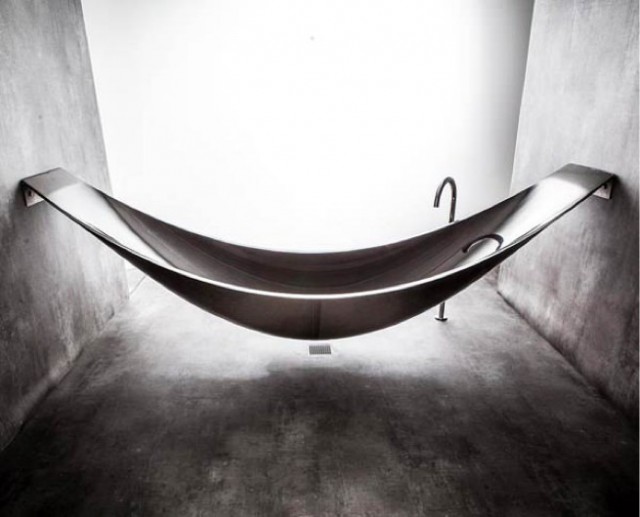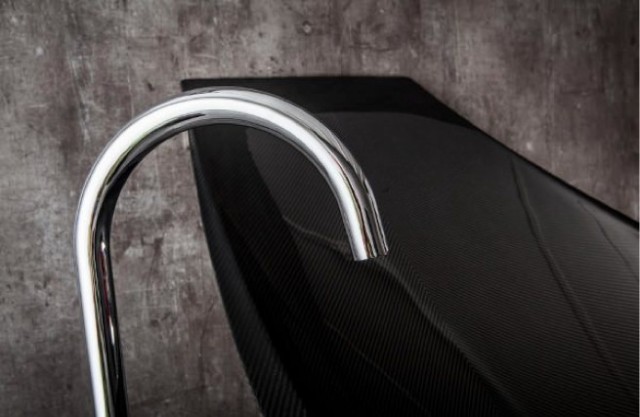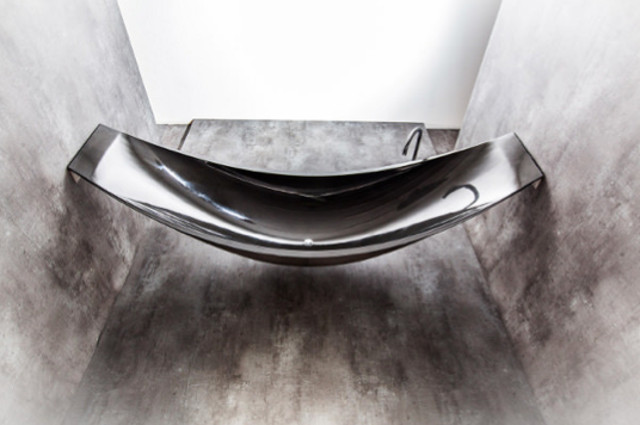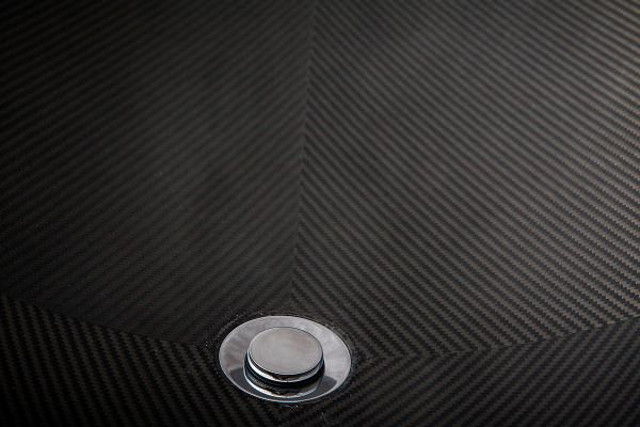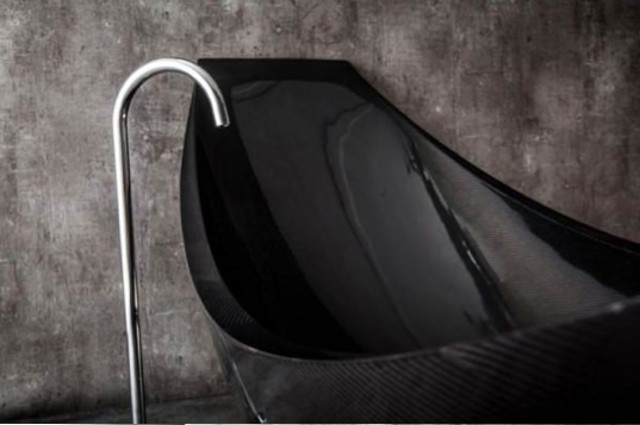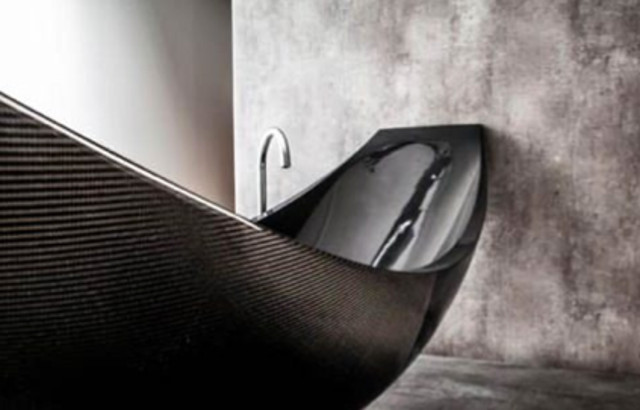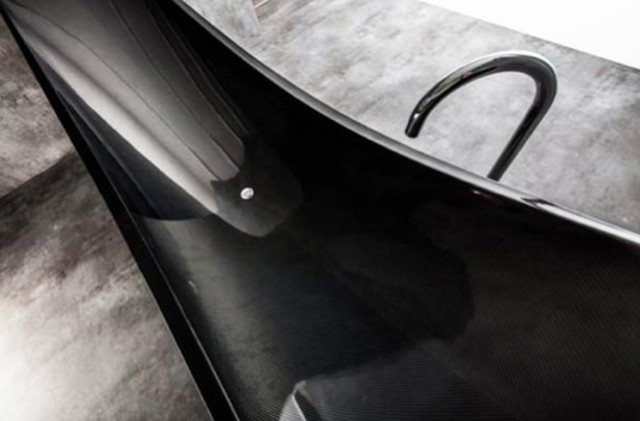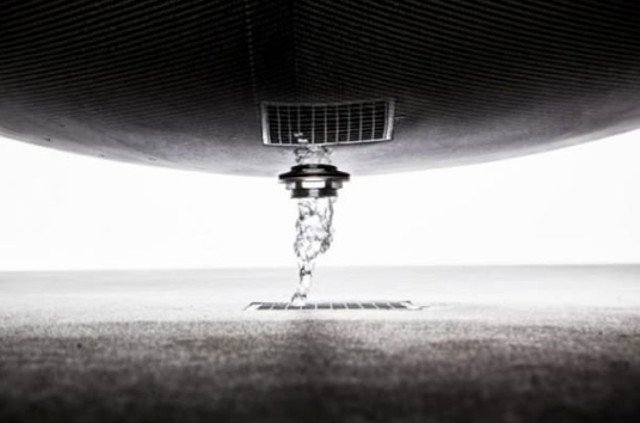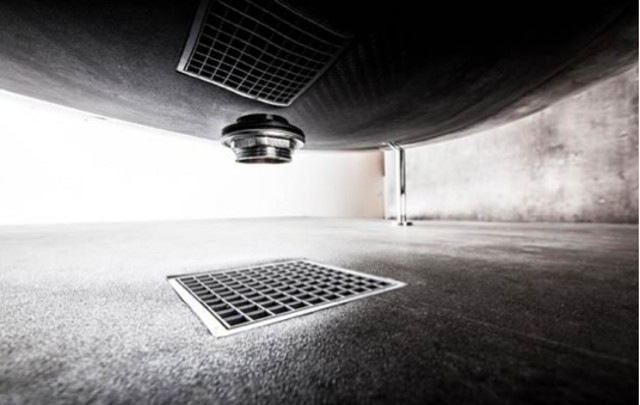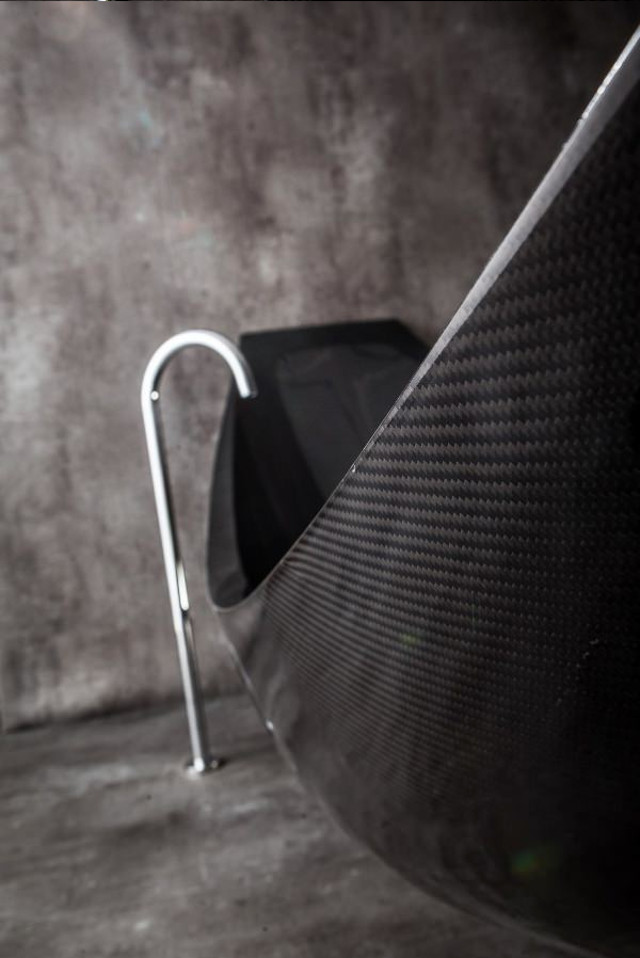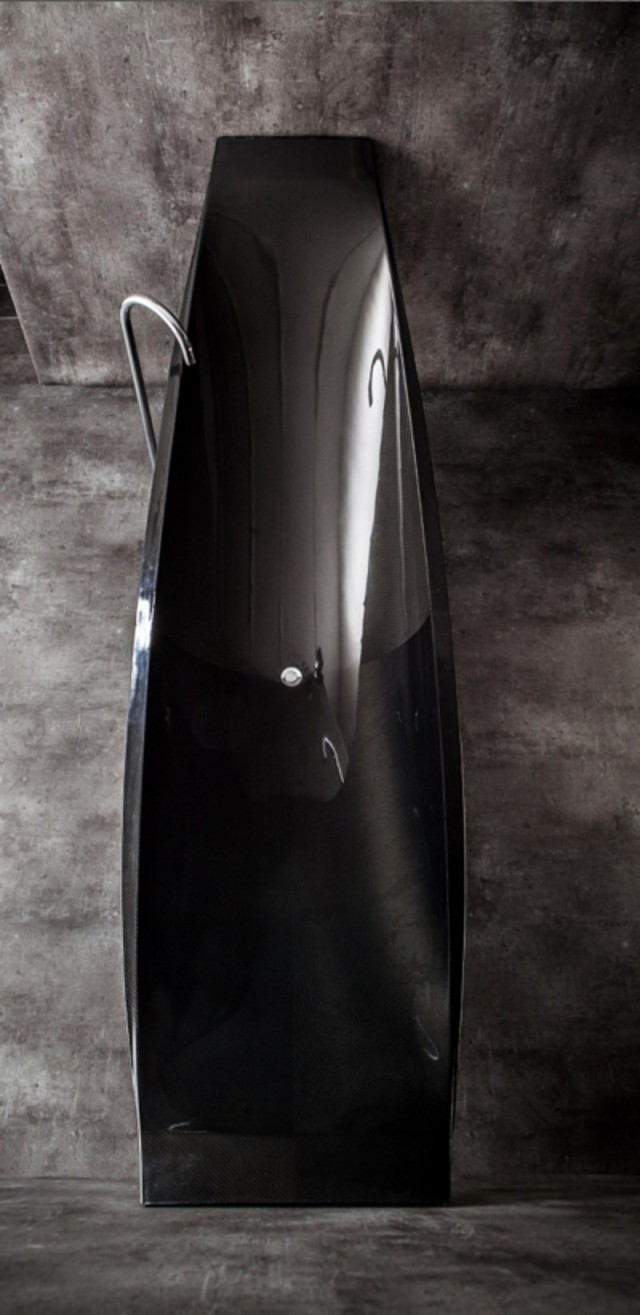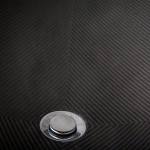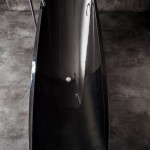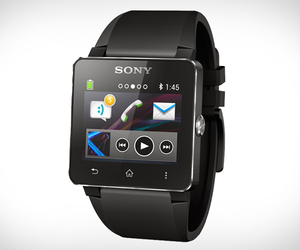(Editor’s note: Part I, What To Wear To a Summer Wedding via Black Lapel’s The Compass can be found here. Part II, An Argument for the Formal Wedding Celebration, can be found here.)
 Hey gents,
Hey gents,
I’m doing something a bit different today. Though I get a lot of requests, I don’t review individual products and services very often.
However, one thing I do get plenty of questions about is suiting.
Specifically: how does brand X differ from brand Y, should I go off-the-rack or Made to Measure, is ordering online worth the hassle and if so, what goes into placing an order, etc.
While I don’t have all the answers, I did get to experience Black Lapel’s service recently, and to satisfy your curiosities, I thought I’d share my experience with you!
A few disclaimers before we begin.
- I’ve known Warren, Black Lapel’s co-founder, for a few years now.
- As part of the overall experience, I actually went through the whole ordering process and I received the tux in this review, so I could a.) own a tux, and b.) attest to the quality of the final product. I was able to put it to use “in the field”, i.e. my wedding.
- I told Warren that if I’m going to review the Black Lapel experience, I have to be 100% honest and transparent with you guys, my awesome readers, and that I wouldn’t hold back at all, whether my personal experience be good or bad. He confidently obliged.
A bit of background
Black Lapel is a young upstart specializing in custom suits (as well as blazers, shirts, accessories, you name it), founded in 2011 by three gents: Warren Liao, Christopher O’Young, and Derek Tian. Their offices are located in New York, and production is based in Shanghai. Here’s a bit more about Black Lapel’s story and mission.
I first chatted with Warren a few years ago, before the official launch of BL, back when EG was still relatively new to the internet + men’s style landscape.
Back then we talked a bit about suiting and the custom game, so I’m happy I finally got a chance to peep the goods firsthand. Below you’ll see the process I went through, in case you have yet to experience ordering a custom garment online.
The online ordering process
As with any online custom clothier, there’s a bit of initial setup. In order to complete your order from start to finish, you have to 1.) create a login, 2.) fill out some sort of profile, and 3.) input your measurements.
Taking your measurements is probably the most time-consuming part of the process, but it really isn’t difficult, and if you’ve been an EG reader for a while, you know why this is important.

In addition to your measurements, BL also asks you to input your posture (back shape), shoulder type, and shoulder angle. These general measurements give the guys a better idea of how your jacket would fit and drape.
For example, if you have one shoulder that’s lower than the other, your jacket will be constructed to accommodate that.
Regarding taking your own measurements, just do the best you can.

Not only does BL walk you through each measurement with descriptive text and video, BL double checks each individual measurement and consults with you personally to make sure everything is correct.
I measured my thigh and listed it being 5″ larger without realizing, but they caught my mistake quickly.
Customize that bad boy
Now that you’ve gotten all those pesky details out of the way, here comes the fun part!
You have the option to customize practically every aspect of your suit.
- Fit Type (I chose slim fit for my body type, as advised by the BL folks)
- Jacket Type (one-button to three-button, double breasted, etc.)
- Vents
- Jacket pocket style
- Inner lining
- Special monogramming
- Pants pleats (none, single, double)
- Cuffs
- a whole bunch of advanced options (add vest, ticket pockets, suspender buttons, etc.)
Go crazy! If you’re ordering a tuxedo like I did, keep your selected options as classic as possible (one button, double vents / no vents, no cuffs, peak lapel or shawl lapel, etc.)
Receiving the package
 About four or five weeks later, I received my tuxedo, which came packaged quite nicely with a garment bag in a fancy box. There were minimal wrinkles, which was a plus. I was eager to try it on.
About four or five weeks later, I received my tuxedo, which came packaged quite nicely with a garment bag in a fancy box. There were minimal wrinkles, which was a plus. I was eager to try it on.
The tuxedo’s fit was nearly perfect. I made a few incorrect choices during my ordering process that affected the fit. I’ll touch upon this in the following section.
Construction and stitching is very clean, as expected, and I was very happy with the fabric’s feel and quality. For my particular tuxedo, it’s an all-season wool (super 110s or 130s, I believe).
Without getting all technical, it just felt good to the touch (has a soft hand) and when I put it on, it wasn’t too stiff, nor too slinky… which I’m sure has to do with construction as much as it does with the fabric itself.
Overall, the tuxedo breathes nicely, and I didn’t feel weighed down, even though I caught the last rays of the hot Hawaiian sun before it finally set in time for our dinner and reception.
Corrections needed and alterations made
I’m super thankful the BL folks checked in with me before going into production with my tux. That saved me a bunch of grief and headache.
Even though I was confident with my measurements, I still made a few mistakes. Moral of the story? Don’t be afraid to ask their honest opinion to see if your measurements sound off.
Also, take into consideration their recommendations; it’s always worth a second look. I originally chose the tailored fit instead of the slim fit, but BL suggested I go with the slim, and I’m glad I did.
 Like I mentioned earlier, my tux came in pretty close to perfect. There were a few areas that needed minor alterations however.
Like I mentioned earlier, my tux came in pretty close to perfect. There were a few areas that needed minor alterations however.
One was the center back. I had accidentally selected a hunched posture when I should’ve chosen a standard posture. (Not sure why I thought I had a hunched posture.) 
This resulted in extra fabric in the back panel that caused rippling (bottom right photo). Easily fixable by a skilled tailor.
Another issue was my pants length. Again, not a big deal at all, as a tailor can easily alter it so I have the perfect break.
My last issue was in the chest area; the tailor had to take in about 1/2″ on both sides. Another minor alteration.
As you can see, for a tuxedo I ordered online, it came out practically perfect, save for a few minor corrections… most of which were my fault in the first place.
Again, the follow-up email regarding my self-made measurements made all the difference. I probably would’ve had a very ill-fitting custom tux hadn’t they followed up with me.
BL does give customers a $75 alteration credit per suit, so that should help when getting your custom job to 100% perfect.
After the alterations…
Once your alterations are complete, you can go into your BL profile and update your measurements. Just take note of the changes that were made so you can update accordingly.
If you’re unsure about exactly what to change, reach out to BL and let them help you. Better to make sure any measurement profile updates are done right, otherwise, future orders will be all messed up instead of fitting perfectly out of the box.
Final verdict
Overall, super happy with the experience. I love the idea that any future suits I order will arrive fitting perfectly every single time. Filling out the measurement profile was easier and surprisingly more fun than I imagined. Maybe it’s just me. 
My experience with BL itself was great. I’m not just saying this because I know Warren personally, but because I appreciate the attention to detail the company provides.
I really can’t get over how BL takes the time to double check measurements. An actual person looked at them, compared them with the standard measurements of someone my height and weight combination (or so I assume), and let me know if any of my numbers were outliers.
This simple touch alone saved me so much headache of sending product back and forth to get remade. I also love the fact that I could email them post-alterations if I needed help updating my measurements, just to make sure I didn’t F up.

no full-body photos yet, but here’s a screenshot from our video preview
While I can’t speak for all fabrics BL carries, I love my tuxedo and the navy wool it is constructed from, and if all suiting fabric is at least as good as this, you’d be golden no matter what choice you make.
If you’re looking for a new suit in the $500-$700 range to keep in your regular rotation, and want something several levels beyond your typical budget off-the-rack options in your local shopping mall, Black Lapel is your jam.
Not only will you have a sizable selection of fabric and styles, you can also rest assured you’re in good hands with the BL team as they guide you through the whole process, from profile creation all the way to final alterations.
Check out Black Lapel here.
Questions?
I’ll do my best to answer. If I can’t, I’ll ask the guys at BL to answer. Let’s hear em below!






































![Jet Pack by Tessel Jet Pack by Tessel [http://www.tesselsupply.com/shop/jet-pack]](http://s3.amazonaws.com/manmadediy-uploads-production/photos/21488/The%20Jet%20Pack%20by%20TESSEL_large.jpg?1372048437)

 Hey gents,
Hey gents,

 About four or five weeks later, I received my tuxedo, which came packaged quite nicely with a garment bag in a fancy box. There were minimal wrinkles, which was a plus. I was eager to try it on.
About four or five weeks later, I received my tuxedo, which came packaged quite nicely with a garment bag in a fancy box. There were minimal wrinkles, which was a plus. I was eager to try it on. Like I mentioned earlier, my tux came in pretty close to perfect. There were a few areas that needed minor alterations however.
Like I mentioned earlier, my tux came in pretty close to perfect. There were a few areas that needed minor alterations however.
